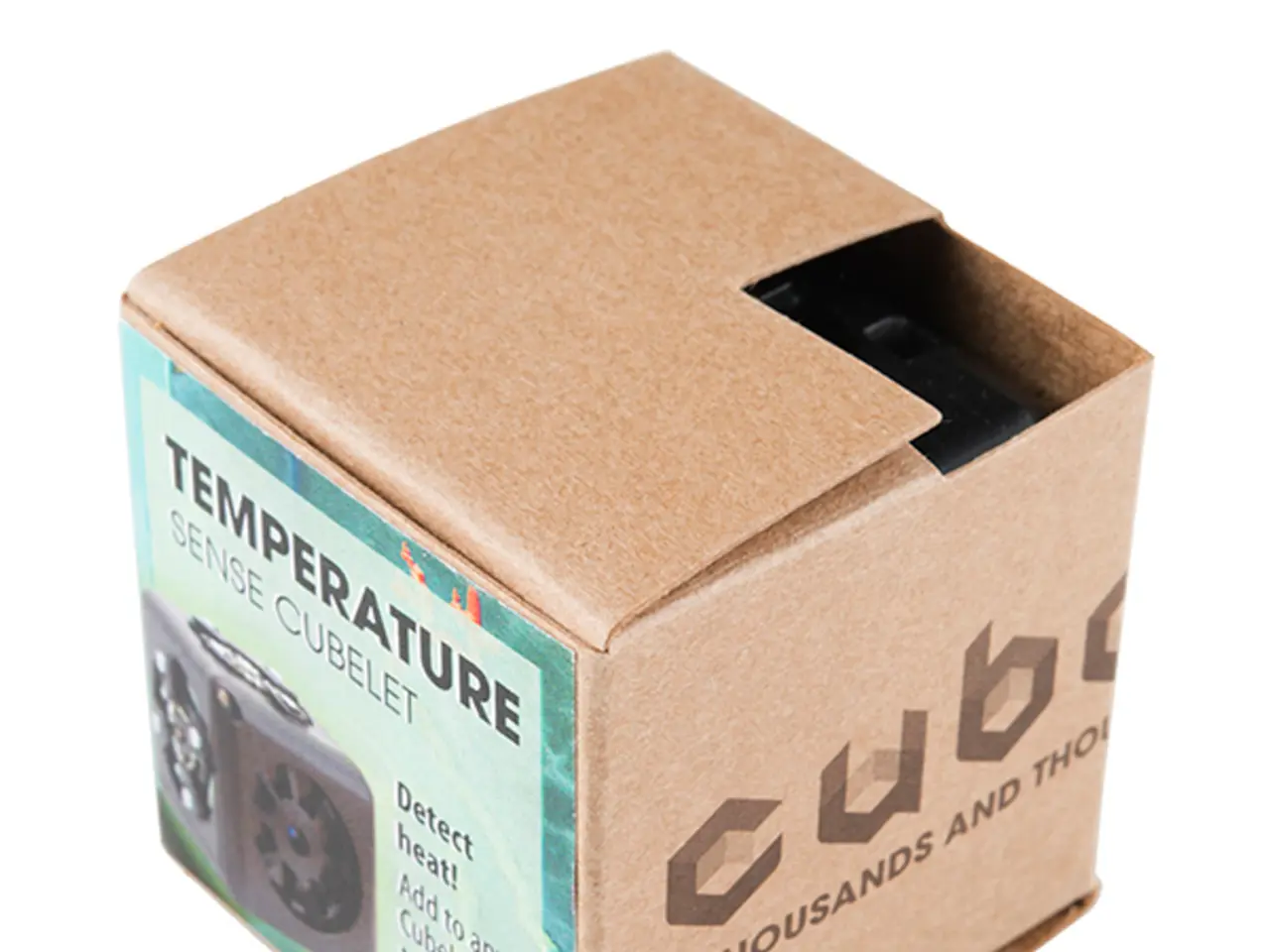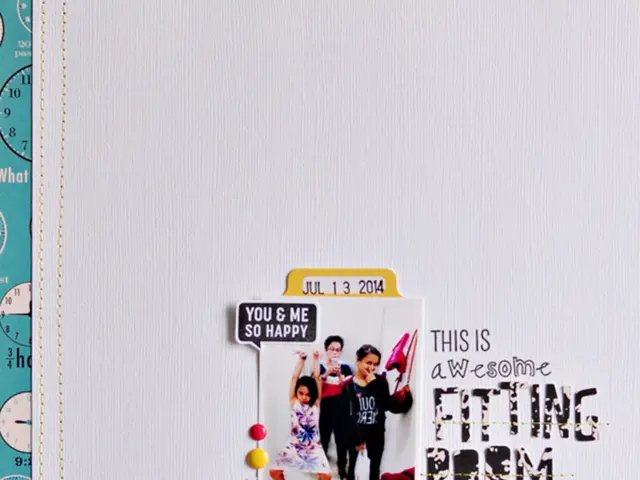Optimal Selection of Shipping Containers: A Guide
When it comes to shipping goods, selecting the right box is crucial for ensuring a safe and secure delivery. Here are some key factors to consider:
First and foremost, the size and fit of the box are essential. Choose a box that is slightly larger than the item being shipped, allowing for at least two inches of cushioning material on all sides to absorb shocks during transit. For fragile or valuable items like electronics, a double-box method (an inner snug box plus an outer larger box with padding) greatly enhances protection.
The material and fluting type of the box also play a significant role in its durability. Corrugated cardboard boxes are common, and the choice of flute profile affects durability and cushioning. E flute (1.5–2 mm thick) is thin with many flutes, offering excellent crush resistance, great printability, and is suitable for smaller, lighter boxes. B flute (2.5–3.5 mm thick) provides more cushioning and puncture resistance, making it the most widely used for shipping boxes and slightly larger or heavier products. For very heavy or fragile items, a double-walled box with two layers of fluting offers maximum protection.
Cushioning and fillers are also important to prevent movement and absorb shocks inside the box. Use proper internal cushioning materials such as bubble wrap, packing peanuts, or foam inserts.
Durability and handling are critical factors to consider, especially for long-distance shipping. Choose sturdy, puncture-resistant materials and ensure the box can withstand the shipping route conditions. Adding clear labels like “Fragile” or “Lithium-ion Battery” when appropriate helps handlers take care with the package.
Printability and branding needs should also be considered, especially for e-commerce packaging where visual presentation matters. E flute boxes provide the best print quality.
Weight and cost considerations are also important. Thicker flutes and double walls protect better but add weight and expense. Consider the product size, weight, and value to choose the optimal box type.
In summary, the optimal shipping box is appropriately sized with enough cushioning space, made of a suitably strong corrugated flute profile (E flute for small/light, B flute or double-wall for heavier items), combined with protective fillers and clearly marked for safe handling, ensuring your product arrives securely and in excellent condition.
The right shipping box selection is important to protect goods during transport, prevent product damage, shipping delays, or compliance issues. The amount of extra space needed depends on the breakability of the items and the number of filler materials required to keep them safe. Durable boxes maintain the quality and integrity of shipped items, improving customer satisfaction.
When shipping locally, less sturdy boxes may suffice due to fewer transfers. Parcel delivery boxes are often installed for increased safety, especially when homeowners are not present to receive items. Parcel delivery boxes, such as parcel dropboxes, are popular choices for households with frequent absences due to their assurance of item safety.
In conclusion, shipping boxes are essential for ensuring the safety of items during transit, and choosing the right one can help cut down on shipping costs by ensuring a proper fit for the product.
Choosing the right box for home-and-garden items, such as plants or garden tools, might require a durable box with a suitable flute profile for protection against transit shocks and potential punctures.
When it comes to online shopping, the selection of shipping boxes should take into account both the lifestyle preferences (visual appeal) and the need for proper packaging materials for secure transportation of the items.




